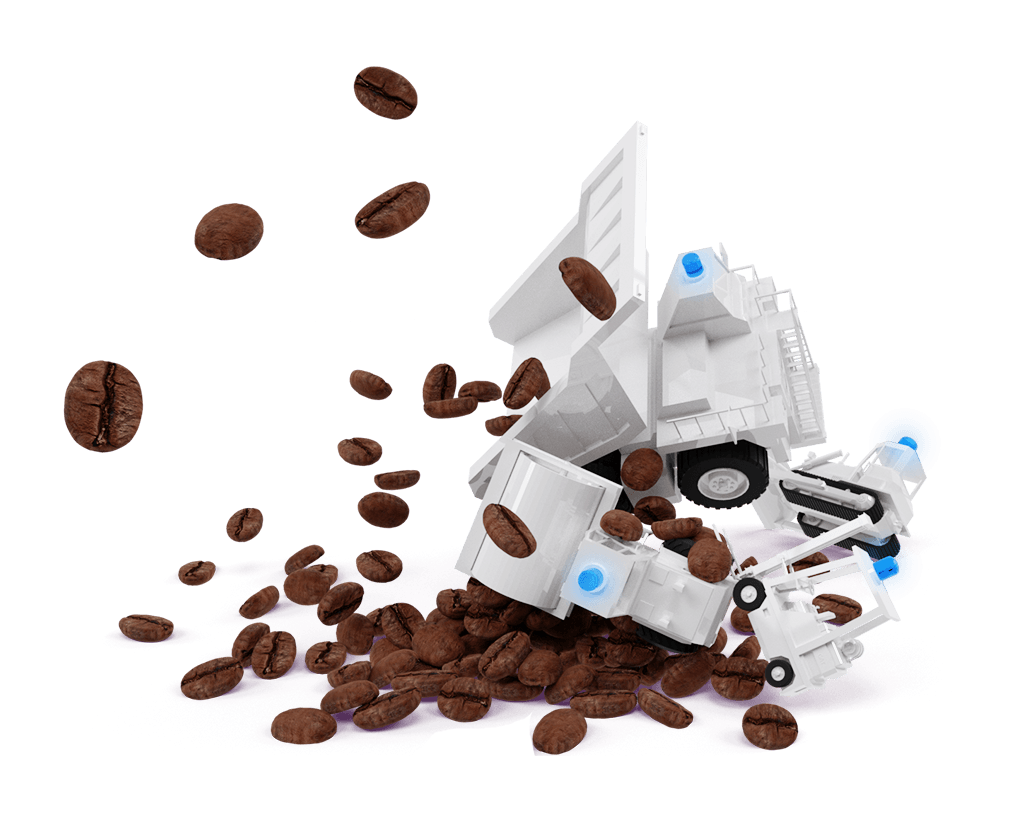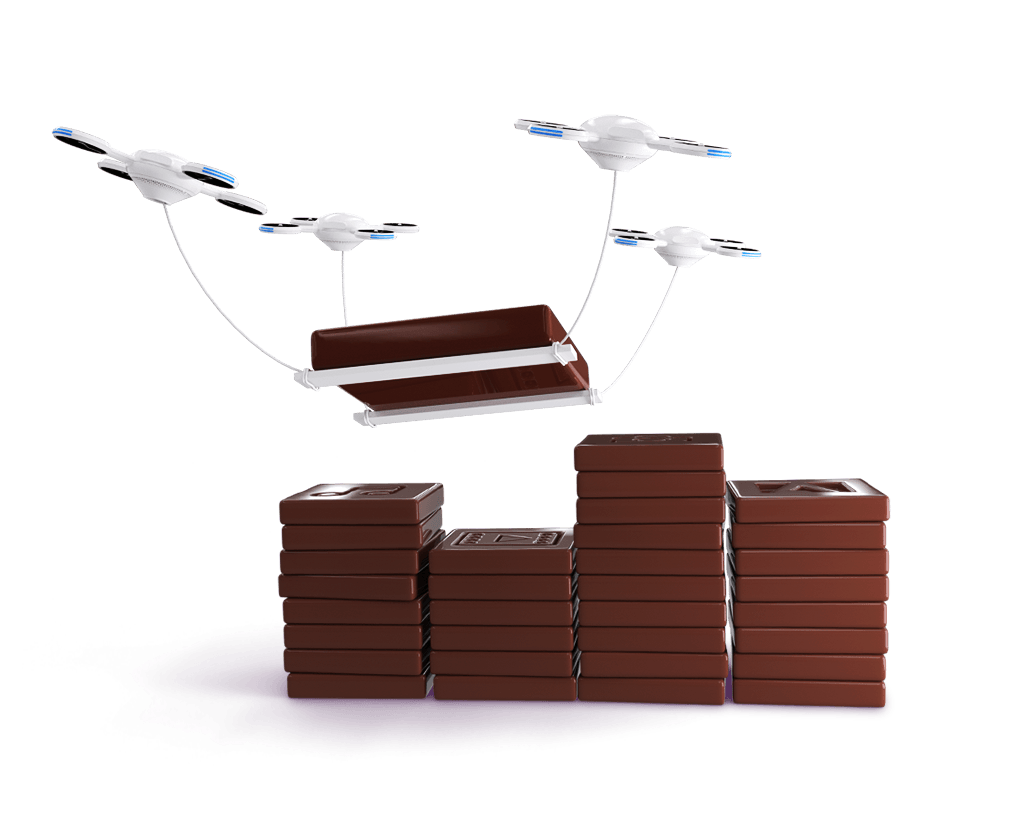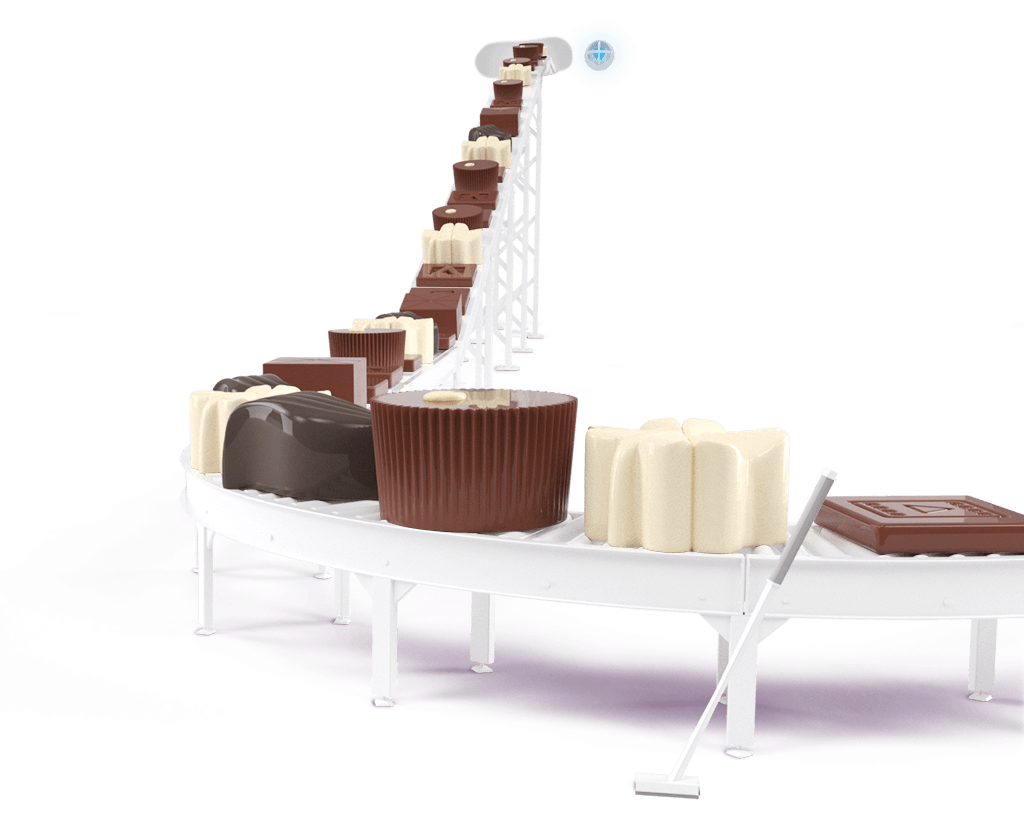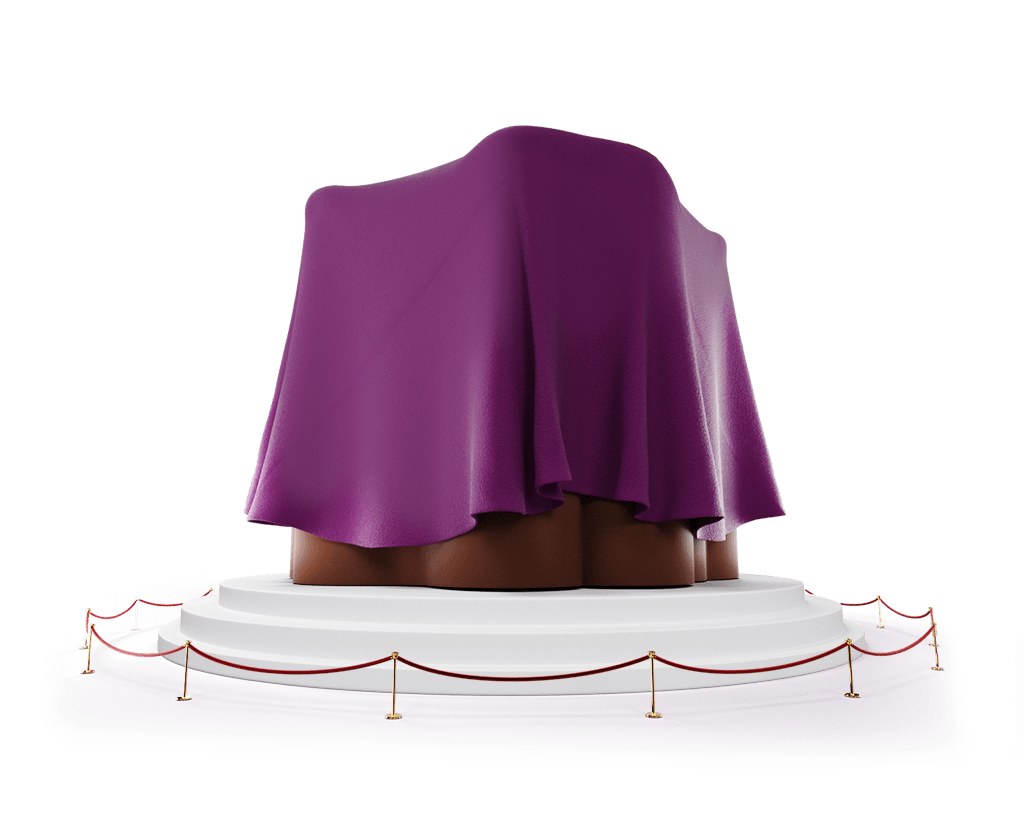Your chocolate is good. Do your customers agree?
of businesses around the world rank themselves a 10 out of 10 for their overall customer experience.
Share this infographic.
As Jerry Gregoire of Dell Computers once said, "The customer experience is the next competitive battleground."
It was true when he said it in the ‘90s, and it's just as true today as customer expectations have only risen. And the attention that was devoted to supply-chain management back then should be directed to content supply management today. Because there are more ways than ever for your customers to interact with you. Which means more opportunities to succeed — or to burn the batch of chocolate.
In Achieving Deliciousness, we wrote about how consumers engage with content. They might be watching TV, working on their laptop, and browsing on their phone — all at the same time. And to them, this isn't a "multichannel" or "cross-channel" experience. It's life. It's normal. They expect a seamless experience all the time, and they don't care how hard it is for brands to deliver it. And this expectation isn't just from your customers — it's what your employees, colleagues, and partners expect, too.
When we asked enterprise businesses to grade themselves on the quality of the customer experience they offer, 12 percent gave themselves a 10 out of 10. Looking at it another way, 88 percent of companies we asked don't think their customer experience is as good as it could be.
Follow the recipe.
of businesses around the world currently don’t have a marketing content strategy in place.
Share this infographic.
One way or another, you need to create more content. The way to tackle this need is to have a plan. This may sound pretty basic, but according to our enterprise survey, 41 percent of businesses don't have a content strategy in place.
That's still a pretty high number considering the 84 percent who recognize that more content is needed today.
How you can create your own recipe.
Watch Ten Tips for Making Ideas Happen ›
Take a step back from the factory floor long enough to figure out where time and resources are best spent. If you are in that 41 percent that doesn't have a clear content strategy, it's time to make one.
If you already have a strategy in place, it should be reassessed often. In a presentation called Ten Tips for Making Ideas Happen, Adobe Behance founder Scott Belsky devoted these four tips to organizing and executing your work:
- Communicate your priorities.
See that your team knows which projects deserve the most time and energy.
- Be proactive about the things you care about.
Set aside time to work on one or two initiatives that interest you.
- Make the most out of your meetings.
Make sure people leave meetings with specific assignments to complete.
- Find out what's working and do it better.
Know what's really working, and then improve it through constant analysis.
As your marketing teams are creating content strategies, make sure you have your creative team involved in the process early to ensure a design perspective is considered from the outset. Too often they're brought in after the brainstorming meeting is over.
Download the report Ten Tips for Making Ideas Happen ›
Crank the factory up to 11.
0%
of businesses around the world believe more content is needed this year than last.
Because customers are interacting with your brand on more channels, you have to design and create more content than ever before. And the pace is picking up. In our survey, 84 percent of the businesses we questioned indicated that more content is needed this year than last year.
It's easy to see why. Imagine that your business is a chocolate factory and each marketing channel is a potential doorway into it. Your customers have so many ways to enter — from your website, your retail store, your apps, your emails, or your brand pages on Twitter, Facebook, and Instagram. That's a lot of doorways. Your challenge is to use great design to tie the collective experience together. To make them consistent, relevant, and personalized. That takes a lot of work, countless design assets, and multiple versions.
You need to have the right teams in place to handle this load. In a large enterprise, you may have multiple teams creating content in silos. Organize your people, processes, and technology to allow collaboration, so content can easily be used in several channels.




















